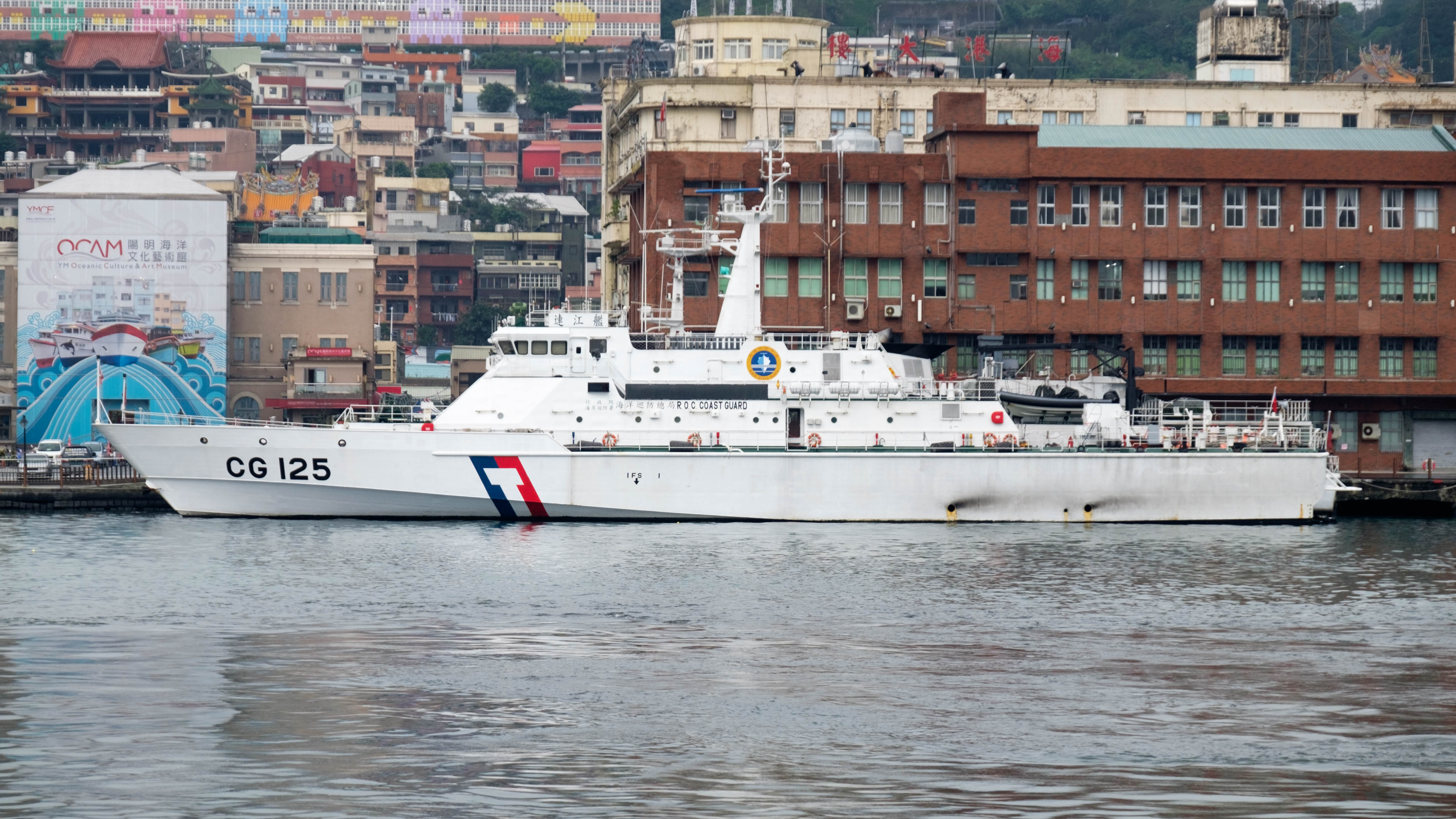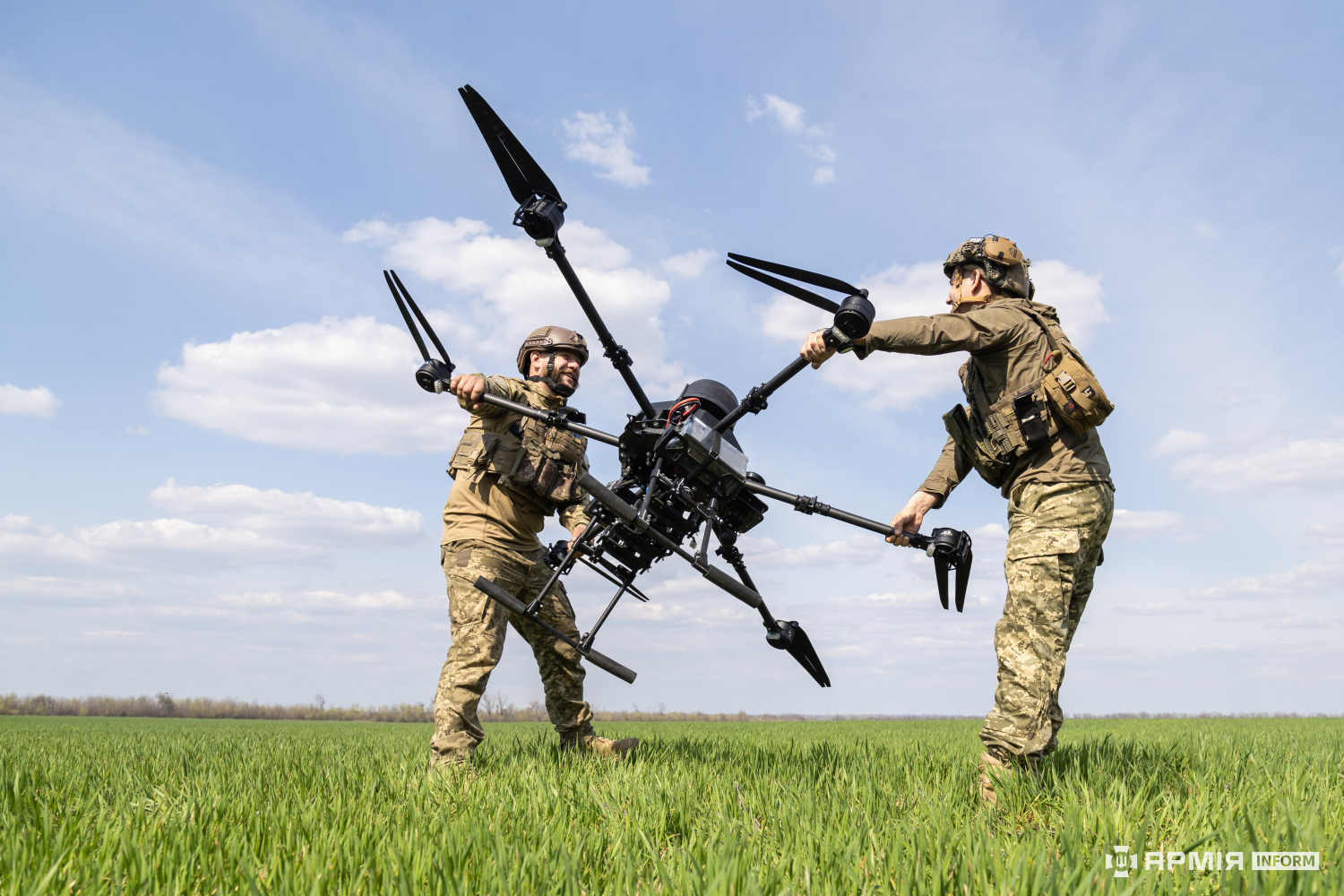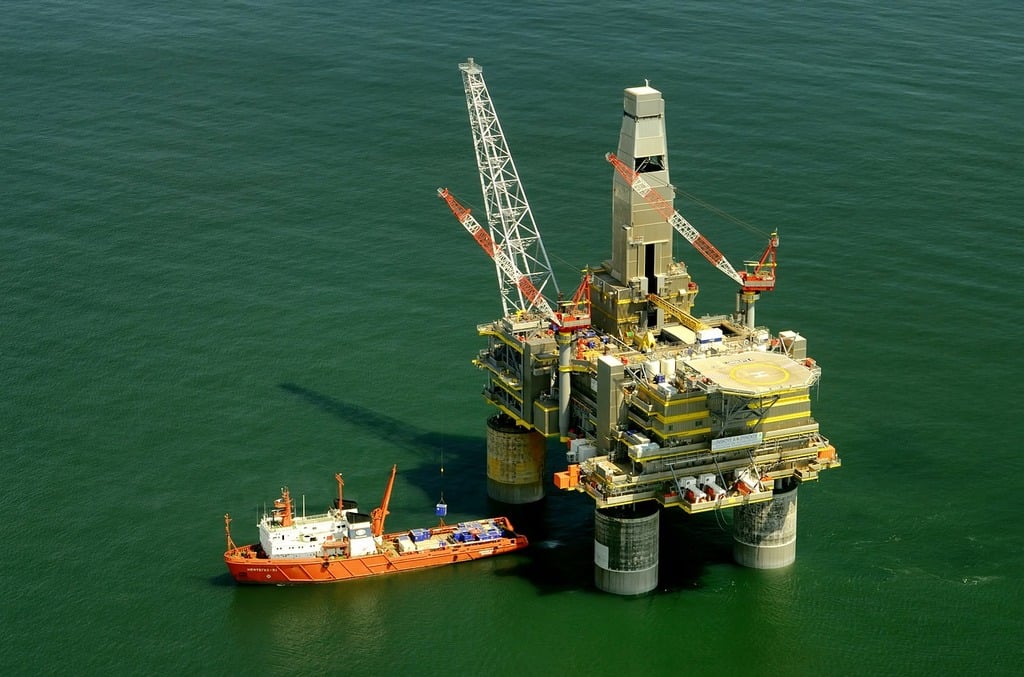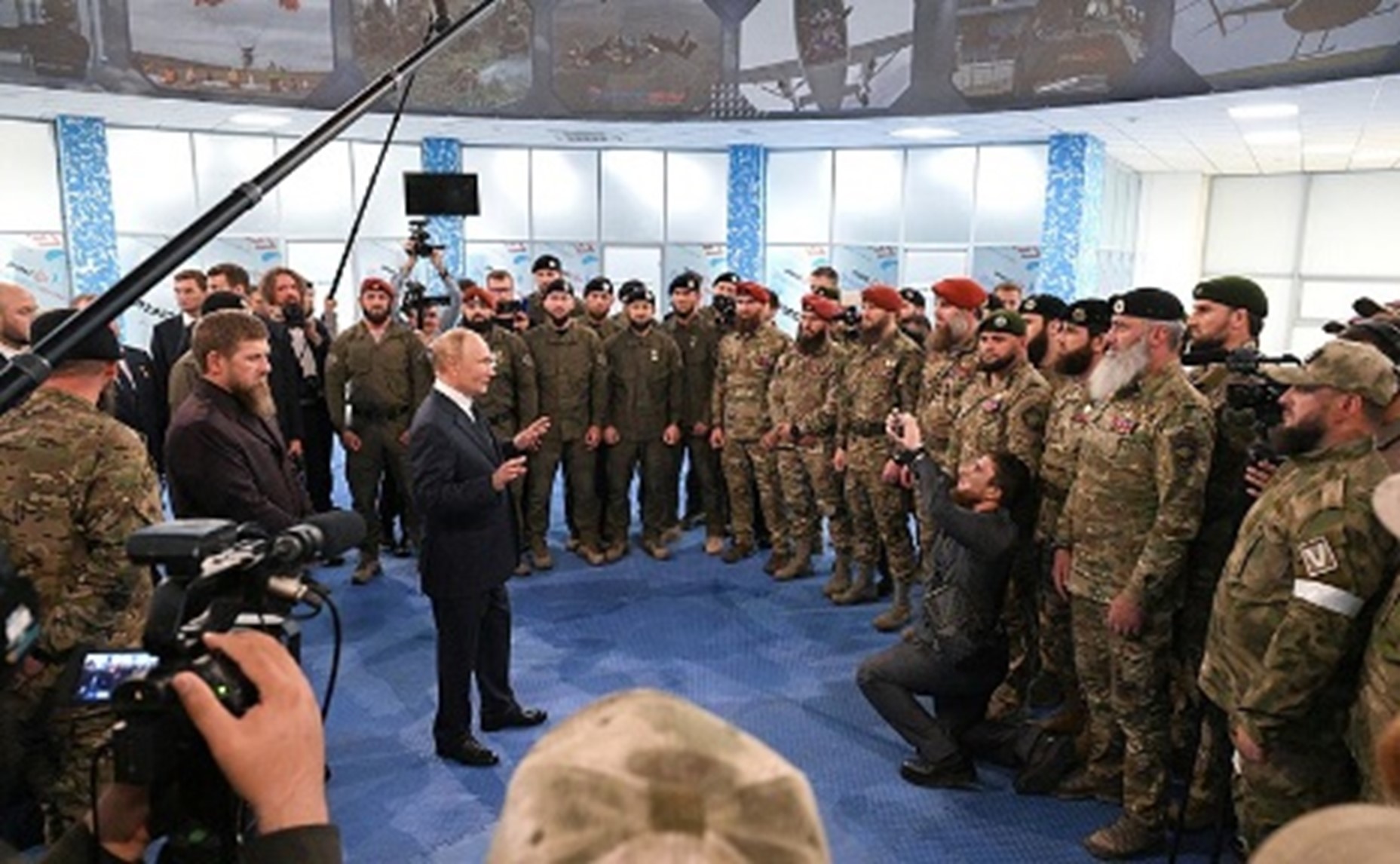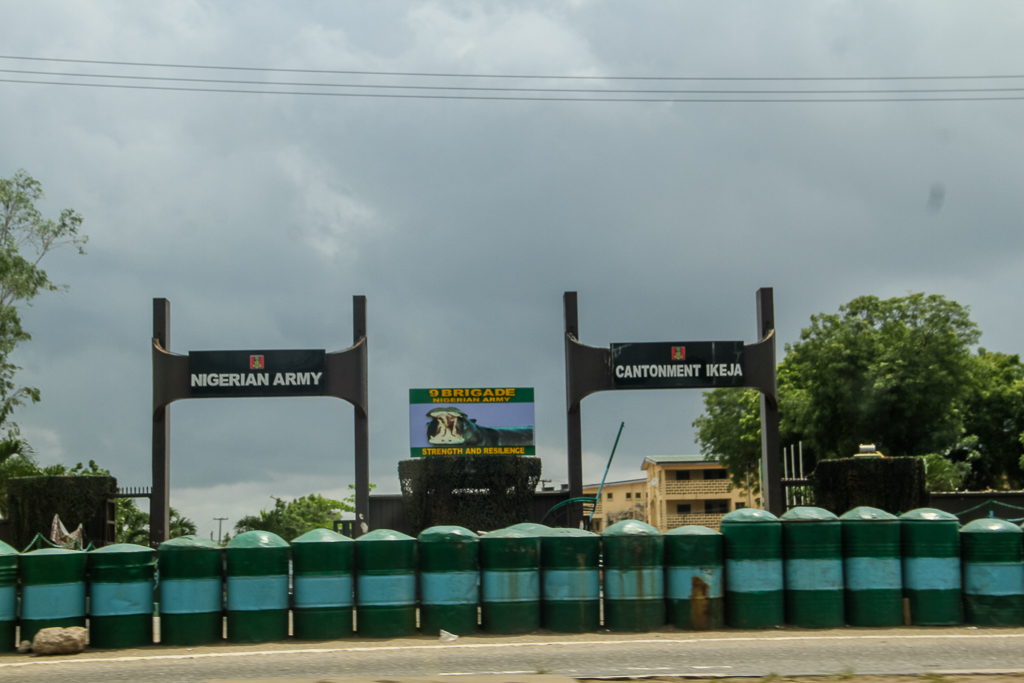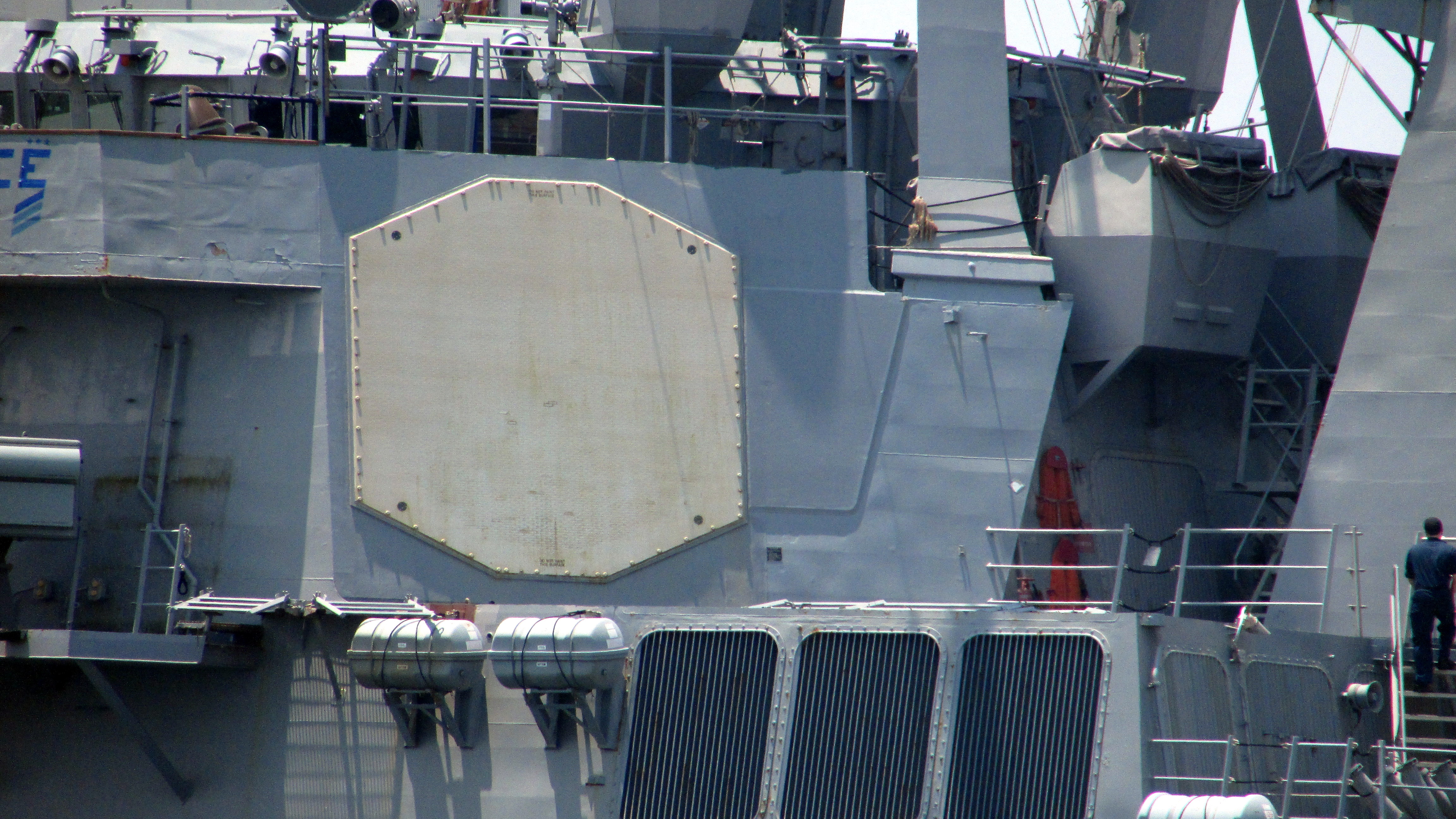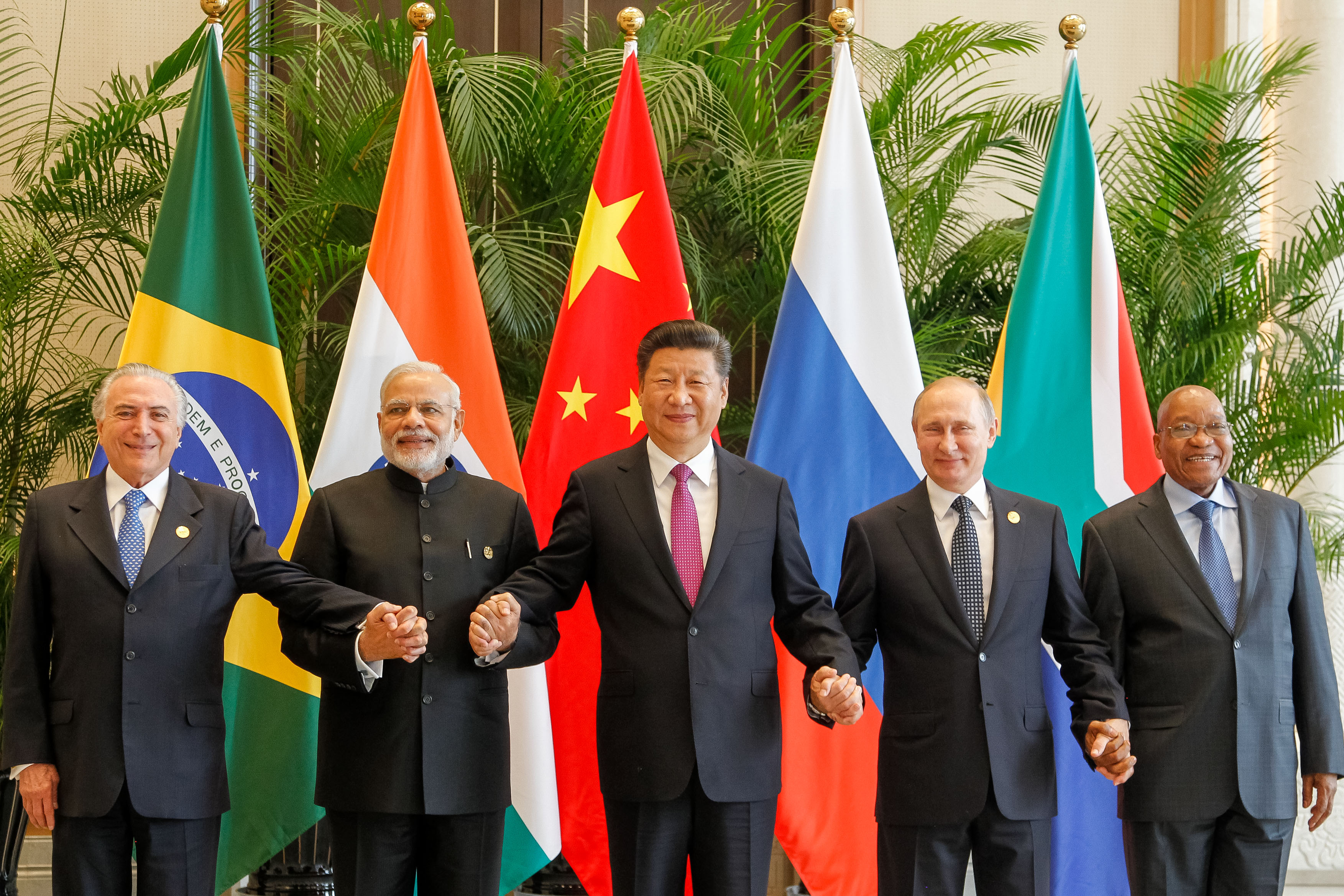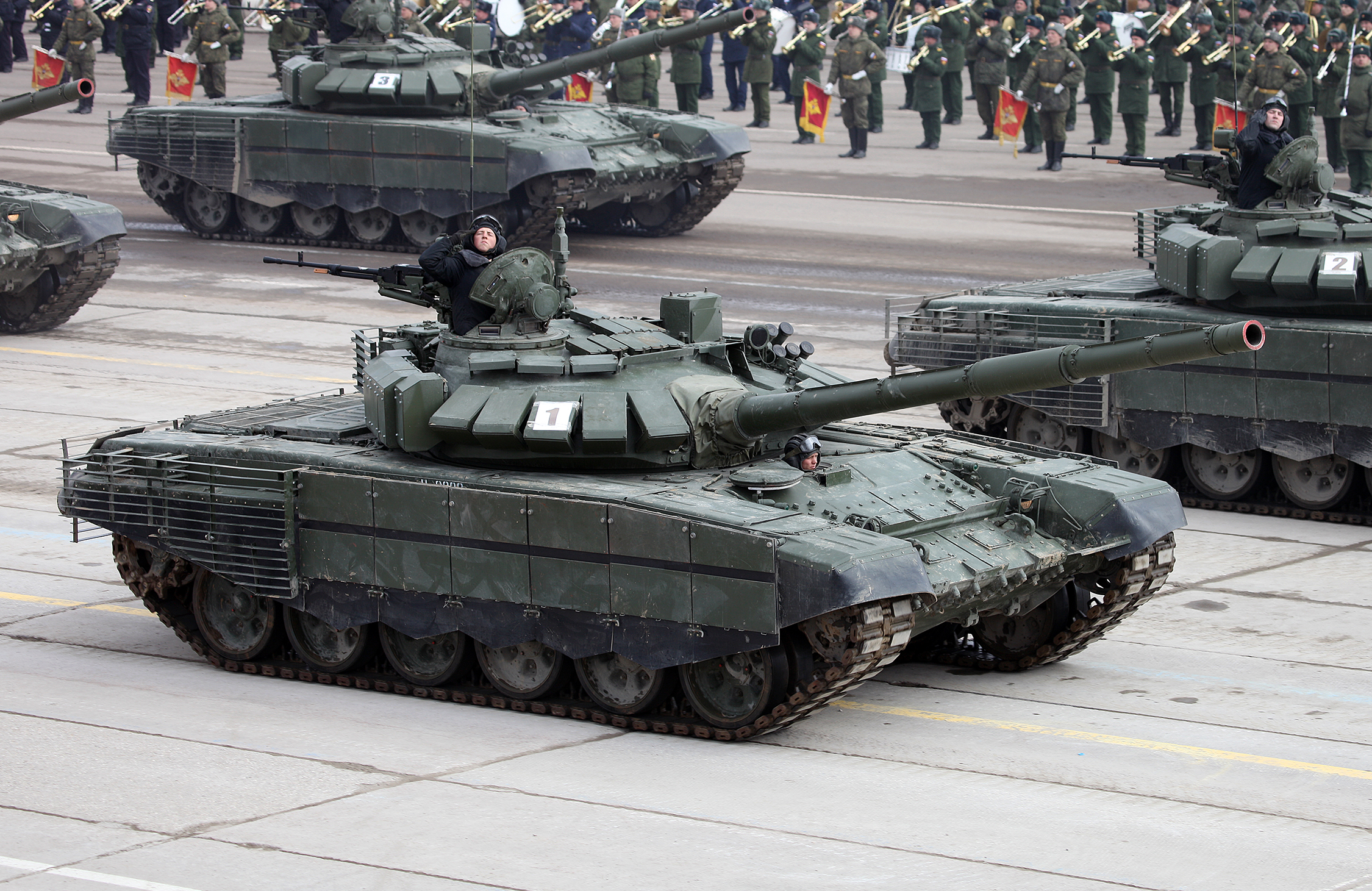
Mali recently received a number of heavy weapons from Russia including T-72B3 Main Battle Tanks, like this one on display in Moscow, circa 2017. Russia was known to have T-72B3 tanks in Syria, leading to speculation that the tanks arrived in Mali were part of Russia’s Syrian arsenal.
“The most powerful weapons of the latest generation have arrived in Mali, which will strengthen the capacity of the Malian army.”
Officially, Russia has remained silent regarding the whereabouts of its Syrian stockpile of weapons since the fall of the Assad regime. Previous reporting tracked Russian cargo planes loading military equipment, including air defense systems, arrived in Libya shortly after leaving Syria.[i] A 17 January video published by Bamako-based Mali Cap+ on its Facebook page suggests at least a portion of Russia’s Syrian arsenal is now in Mali. According to an analysis of the Mali Cap+ video by South Africa-based news aggregator DefenseWeb, the shipment, which included T-72 tanks, BMP-3 infantry fighting vehicles, BTR-82A 8×8 armored personnel carriers, D-30 towed artillery, and a variety of armored personnel carriers, “may have come from Syria.”[ii] The Mali Cap+ journalist notes the convoy arrived from Guinea. If accurate, the convoy could have offloaded by ship to rail in the port city of Conakry. There is a railroad from Conakry to Kanan; in Kanan, the weapons could have been offloaded onto trucks before crossing into Mali.[iii] However, according to the excerpted article from French news service Le Monde, the equipment was put on trucks in Conakry and traveled by road through Siguiri before crossing the border into Mali. Notably, according to Le Monde, the weapons came from Murmansk rather than Syria—aboard two ships, the Alder and the Siyanie Severa. The Alder is operated by a company under U.S. and Western sanctions.
Mali’s military partnership with Russia has increased dramatically following a series of military takeovers of the country, the last one in 2021, and the formal withdrawal of French-led Operation Barkhane in November 2022. Russia’s Africa Corps, formerly the Wagner Group, began operating in Mali prior to the withdrawal of the last French troops. In addition to the implications of how these Russian weapons got to Mali, or how they are used, the arrival of Russian heavy weapons to Mali on 17 January further cements the relationship between Moscow and Mali’s military government.
Sources:
“Bravo Les armements les plus puiss@nts de dernière génération sont arrivés au Mali, ce qui va renforcer la capacité de l’armée malienne (Bravo the most powerful weapons of the latest generation have arrived in Mali, which will strengthen the capacity of the Malian army),” Mali Cap+ Facebook Channel, 17 January 2025. https://www.facebook.com/CapMaliPlus/videos/8603016179803509
The most powerful weapons of the latest generation have arrived in Mali, which will strengthen the capacity of the Malian army.
I think this will be the new format in the fight against terrorism.
“Russia Delivers Military Hardware to Mali,” DefenseWeb (South Africa based defense news portal covering military and security news on the African continent), 17 January 2025. https://www.defenceweb.co.za/african-news/russia-delivers-military-hardware-to-mali/?referrer=newsletter
Russia has delivered over 100 military vehicles to Mali, including tanks, trucks, and infantry fighting vehicles.
It is suspected the shipment may have come from Syria following the departure of Russian troops after the fall of Bashar al-Assad’s regime.
It appears Mali could be another recipient of this equipment: on 17 January, a convoy of over 100 vehicles arrived in Mali’s capital Bamako, where it was captured on video by local media company Cap Mali+. Half the vehicles in the convoy were trucks (including armoured Kamaz trucks and engineering vehicles) and the remainder included T-72B3M tanks, BMP-3 infantry fighting vehicles, BTR-82A 8×8 armoured personnel carriers, and Spartak, Linza, and Tiger 4×4 armoured personnel carriers. Also seen were three D-30 towed artillery pieces, two anti-aircraft cannons, and a couple of boats.
Frontelligence in its analysis of the convoy stated the vehicles were not sourced elsewhere and sold to Mali because they have Cyrillic text and Russian military markings. The Ukrainian Ministry of Defence (MoD) said markings indicated the equipment had at one point been transported by rail – possibly in Russia.
…Most likely, the equipment will be distributed between the Wagner PMC units and government forces as part of strengthening the counteraction to paramilitary units in the country and terrorist organizations.”
“La Russie livre des dizaines de chars et de blindés au Mali et réorganise son dispositif militaire en Afrique (Russia Delivers Dozens of Tanks and Armored Vehicles to Mali and Reorganizes its Military Deployment in Africa),” Le Monde (major French daily), 24 January 2025. https://www.lemonde.fr/international/article/2025/01/24/au-mali-la-russie-procede-a-une-importante-livraison-de-blindes-et-reorganise-son-dispositif-militaire_6514120_3210.html
These Russian military vehicles were unloaded at the port of Conakry, in Guinea, before forming the convoy that took the road to Siguiri and the border with Mali. They were probably transported aboard two Russian ships. The first, the Adler, belongs to the company M Leasing LLC, placed under American and European sanctions for its role in Moscow’s military logistics.
This company is suspected of having delivered weapons from North Korea to Russia, according to the Swiss State Secretariat for Economic Affairs. On December 14, 2024, the Adler left the port of Murmansk in northern Russia and headed for Conakry.
On December 21, a second Russian-flagged cargo ship, the Siyanie Severa, also left Murmansk for Guinea. The ship belongs to the Russian company OJSC Northern Shipping Company, which is also under US sanctions for transporting its country’s military equipment.
According to the records of the port of Conakry, the Adler arrived on January 8 and left on the 12th. On board, 1,182 tons of “goods.” The Siyanie Severa arrived on January 11 with 834 tons of cargo. On an Airbus satellite image that Le Monde was able to consult (but cannot publish), this second cargo ship is still visible at the quay on January 15. From Conakry, it then takes two days of driving, with such a convoy of trucks, to reach the border with Mali, via Siguiri.
Notes:
[i] “Russia Withdraws Air-Defense Systems, Other Advanced Weaponry From Syria to Libya,” The Wall Street Journal, 18 December 2024. https://www.wsj.com/world/russia-air-defense-bases-syria-libya-25810db0?st=jD59wk&reflink=article_email_share
[ii] The convoy or arms also included Russian patrol boats that can be used to patrol the important Niger River. There have been attacks on civilian boat traffic in Mali. See: “Mali: The attack against the civilian boat ‘Tombouctou’ constitutes a war crime,” International Federation for Human Rights, 12 September 2023. https://www.fidh.org/en/region/Africa/mali/mali-the-attack-against-the-civilian-boat-tombouctou-constitutes-a
[iii] There are five major ports in Guinea including Conakry and Benti, both capable of receiving larger ships and a variety of cargo. Conakry has a roll-on roll off (ro ro) capability and a railway spur, while Benti intersects vital roadways such as the Trans-West African Coastal Highway that connects all the West African nations including the landlocked nations such as Burkina Faso. For a description of the five major ports, see: “5 Major Ports in Guinea,” Marine Insight, 22 May 2022. https://www.marineinsight.com/know-more/5-major-ports-in-guinea/
Image Information:
Image: Mali recently received a number of heavy weapons from Russia including T-72B3 Main Battle Tanks, like this one on display in Moscow, circa 2017. Russia was known to have T-72B3 tanks in Syria, leading to speculation that the tanks arrived in Mali were part of Russia’s Syrian arsenal.
Source: Vitaly V. Kuzmin, https://en.wikipedia.org/wiki/T-72 – /media/File:Alabino05042017-40.jpg
Attribution: CC By-SA 4.0

